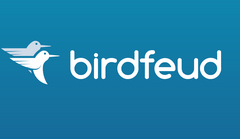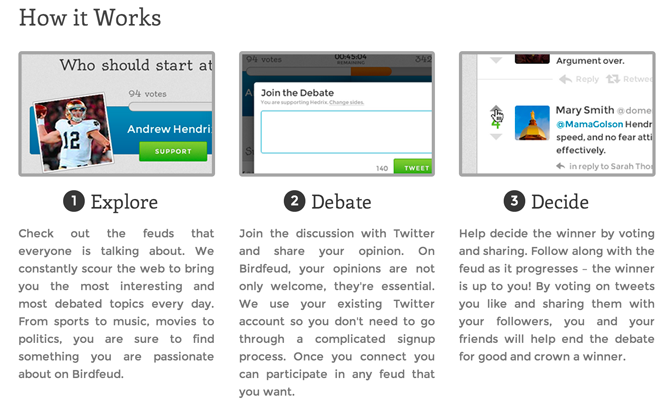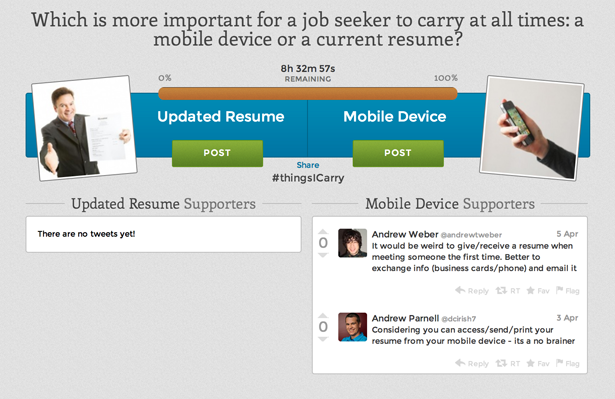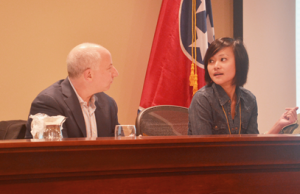 Vishesh Duggar and Shreya Tiwara are both Indian natives and both attended college at Northeastern University in Boston. After finishing college both Duggar and Tiwara returned to Pune India where they immediately got their hands dirty in the budding startup community out there.
Vishesh Duggar and Shreya Tiwara are both Indian natives and both attended college at Northeastern University in Boston. After finishing college both Duggar and Tiwara returned to Pune India where they immediately got their hands dirty in the budding startup community out there.
Now, Duggar who graduated with an MS in Computer Science, and Tiwari, who graduated with an MS in Electrical Engineering, are anxiously looking forward to giving away their services. Duggar was also a CTO with a MassChallenge company.
Both founders of 500 Hours have experience in startups dating back over the last 4 years. Now they are looking for 3 startups that are worthy of getting their services for free.
In a program they are calling an “accelerator”. 500 hours will take applications and then they will determine the top three startups. The top startup will receive 400 hours in services, the second place startup will receive 90 hours of development time and the third startup will receive 10 hours of development time.
While many believe that access to capital is the number one thing holding startups back, Druggar and Tiwari feel that without capital or good technical resources startups can’t build out their products.
“We’ve been working with startups for the last 4 years and the biggest problem that We’ve come across is the lack of funding to build something that they can use to get funded or attract customers. We will reduce the cost of building the MVP to close to zero and provide tech mentorship to startups, giving them a better shot at succeeding.” Druggar said in an interview with nibletz.com. He continued, “After 2 years of reaching out to more than 160 startups and talking to close to 50 of them the biggest challenge we’ve come across has been a startup’s ability to fund developing their minimum viable product and this accelerator program is the answer to that.”
When we followed up with 500 Hours Druggar explained that they aren’t looking for an equity position in the three startups and are doing this just to help launch good startups. They also hope that it’s successful and they can hold the program annually.
Check out the rest of our interview with 500 Hours below.
What is your startup, what does it do?
500Hrs is a new development accelerator we launched at CauseCode Technologies. We give upto 500Hrs of development time to top three startups who apply to our program. 400, 90 and 10 respectively. We recover some of our cost of evaluating the applications and development time from the application fee and sponsors.
But the larger goal is to accelerate high impact startups that have a strong web/mobile component. And this program will catalyze a startup competing at other seed fund based accelerators.
Who are the founders and what are their backgrounds?
Vishesh Duggar, MS Computer Science from Northeastern University, Boston. Has been involved with the startup community for the last 4.5 years. Currenlty the acting CTO of AltruHelp and CEO CauseCode Technologies. He has a strong technical background but also has a lot of experience with business development, marketing, hiring and more.
Shreya Tiwari, MS Electrical Engineering from Northeastern University, Boston. Experienced engineer with an inkling towards marketing and strategy. Currently, Senior Product & Marketing Manager at CauseCode Technologies.
Where are you based?
We are based out of Pune, India, but the program will be open to startups all over the world
What is the startup culture like where you are based?
There is small startup community here with punetech.com and punestartups.org. There is definitely significant growth being seen across India in the startup community for the past 3 years. We are hoping to add some fuel to it through this program as well.
What problem does your startup solve?
We’ve been working with startups for the last 4 years and the biggest problem that We’ve come across is the lack of funding to build something that they can use to get funded or attract customers. We will reduce the cost of building the MVP to close to zero and provide tech mentorship to startups, giving them a better shot at succeeding.
What is one challenge that you’ve overcome in the startup process?
After 2 years of reaching out to more than 160 startups and talking to close to 50 of them the biggest challenge we’ve come across has been a startup’s ability to fund developing their minimum viable product and this accelerator program is the answer to that.
What are some of the milestones your startup has achieved?
- We have helped AltruHelp, ClothesCritics, CheersMeUp and CalBill with building their MVP and beyond
- Designed and chalked out the 500Hrs program
- We have a landing page with a CRM integration to capture interest by other startups
- Marketing plan to reach out to various startup community entities across the globe to validate the program
What are your next milestones
- Getting the word out there by starting a conversation with Nibletz, NextBigWhat, TheNextWeb, TechCrunch, Forbes, YourStory.in, StartupDigest and friends in PR
- Getting intent to apply from 50 startups
- Reaching out to other accelerators for mentorship
- Seeking a few community volunteers to judge and mentor startups
- Developing feature set to accept application fee and application
- Starting to accept application
- Closing applications
- Judging
- Starting development on the startups
Who are your mentors and role models?
Our role model is Steve Jobs and we constantly try to make things as simple and beautiful as we can. We are very inspired by MassChallenge, StartupWeekend, 500Startups, TechStars and AngelList
During my(Vishesh) work with MassChallenge I was fortunate to make a lot of connections within the startup community in and around Boston. Some of my friends that I seek advice from are Mark Shiffer, Ex CTO MassChallenge, Stefan Baytarian, Founder ClothesCritics, my father Vijay Duggar who has been a successful entrepreneur for the last 25 years.
What are some of the advantages/disadvantages growing your startup outside of Silicon Valley.
“Everything is possible, nothings is easy. Lots of ‘Frictions’. – World Startup Report India
It is definitely harder to bootstrap from here in India. Poor infrastructure, raw startup community, hard to find entrepreneurial hires and not enough startup oriented events are a few challenges.
But it also results into a lot less competition and tons of opportunities.
What’s next for your startup?
Getting our story out there and attracting startups, judges, mentors and sponsors.
Where can people find out more?



















